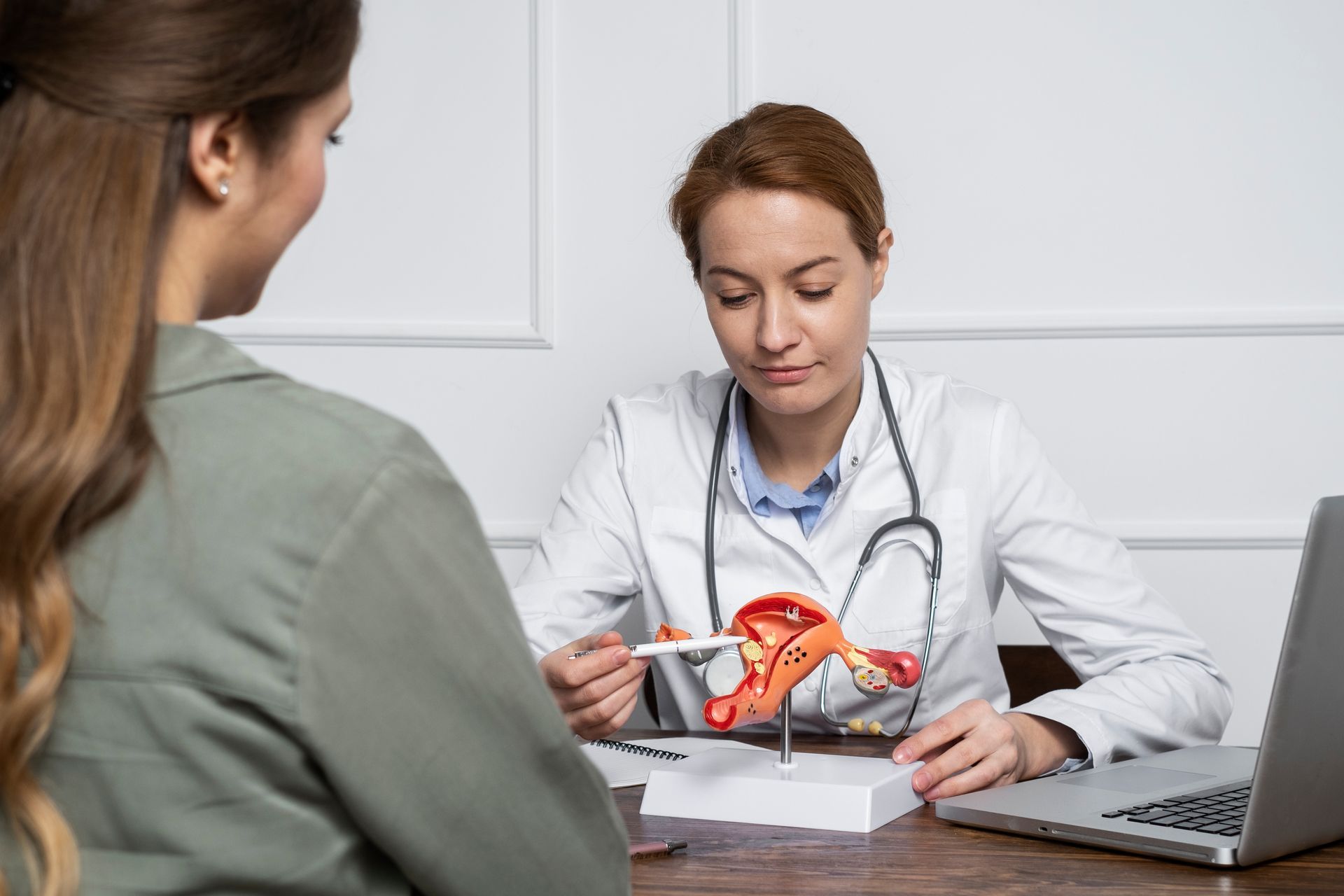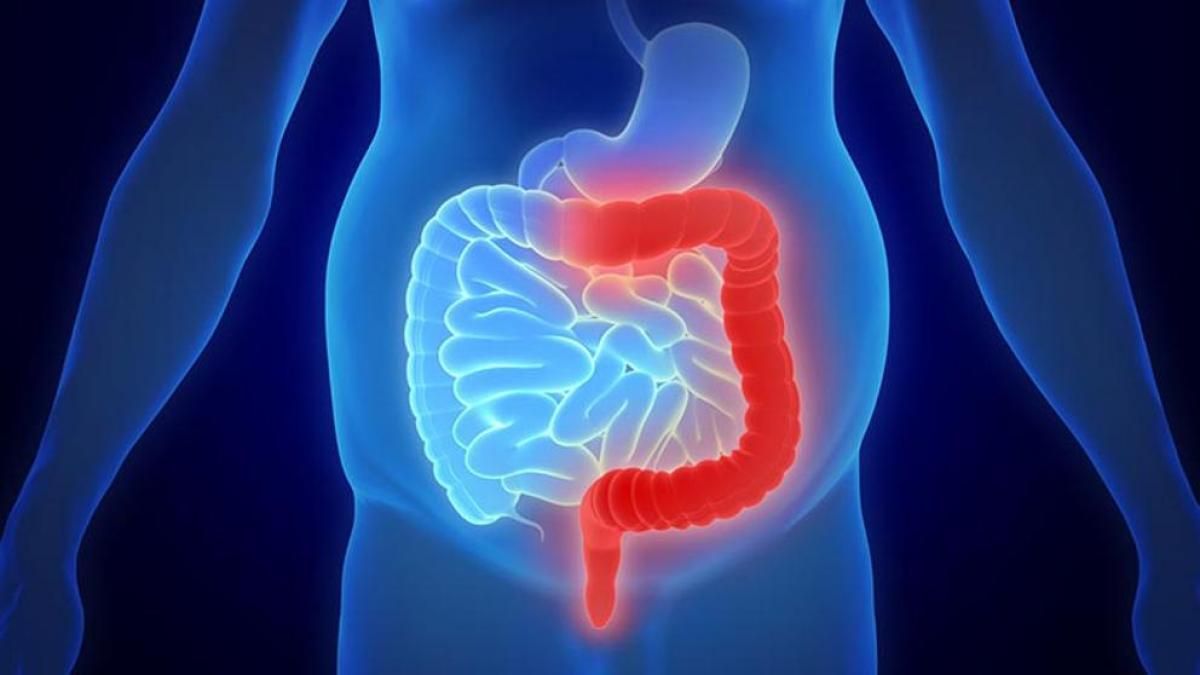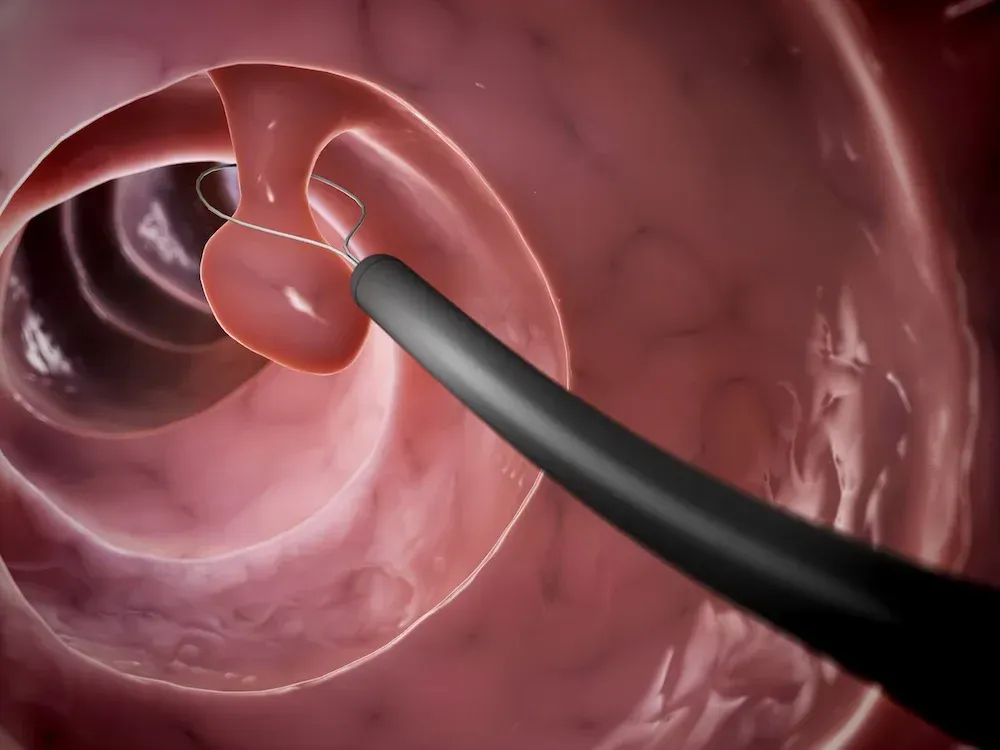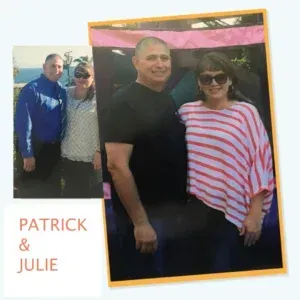Hemorrhoid Treatment: What to Know About Hemorrhoids
Hemorrhoids, also known as piles, are swollen veins in the lower part of the anus and rectum. When the walls of these vessels stretch, they can become irritated.
Although hemorrhoids can sometimes be painful, they often get better on their own. Lifestyle changes, such as eating more fiber and exercising, can help relieve symptoms and lower the risk of future hemorrhoids. There are also several types of hemorrhoid treatments available.
Symptoms
Symptoms of hemorrhoids often include:
- bleeding
- itching or irritation in the anal area
- discomfort, pain, or soreness around the anus
- lumps and swelling in the anal region
- dilation, or bulging, of a vein, which may or may not be painful, depending on where it occurs
Symptoms can be uncomfortable or alarming, but they often improve on their own after a few days.
Causes
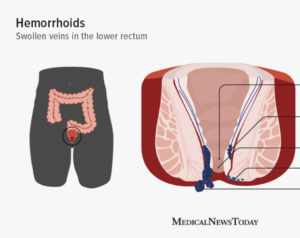
Yaja’ Mulcare/Medical News Today
Although doctors do not fully understand why hemorrhoids appear, they may occur for the following reasons:
- Pregnancy: During pregnancy, tissues in the rectum become weaker, and hormones cause veins to relax and swell. Hemorrhoids may occur in up to 35%Trusted Source of pregnant women.
- Aging: Hemorrhoids are most common among adults over age 50 yearsTrusted Source. However, young people and children can also get them.
- Diarrhea: Hemorrhoids can occur after cases of chronic diarrhea.
- Chronic constipation: Straining to move stool puts additional pressure on the walls of the blood vessels, which may result in hemorrhoids.
- Sitting for too long: Spending a long time in a seated position, especially on the toilet, can cause hemorrhoids.
- Diet: Eating low fiber foods may contribute to hemorrhoids.
- Heavy lifting: Repeatedly lifting heavy objects can lead to hemorrhoids.
- Anal intercourse: This can cause new hemorrhoids or worsen existing ones.
- Weight: ResearchTrusted Source has linked being overweight to a higher chance of hemorrhoids. This may result from increased pressure within the abdomen.
- Genetics: Some people inherit a tendency to develop hemorrhoids.
Treatments
In most cases, simple measures will alleviate symptoms while hemorrhoids heal on their own. However, medication or surgery may be necessary in certain cases.
Home Treatments
The following home treatments may help relieve symptoms of hemorrhoids:
- Topical creams and ointments: Over-the-counter (OTC) creams for external hemorrhoids can help reduce itching, discomfort, and swelling.
- Fiber supplements: Taking supplements like methylcellulose (Citrucel) and psyllium (Metamucil) can reduce constipation and help with hemorrhoids.
- Ice packs and cold compresses: Applying these to the affected area may help ease pain.
- A sitz bath: A sitz bath involves sitting in a tub of shallow, warm water. Taking one a few times each day may help reduce hemorrhoid pain.
- Analgesics: Painkillers such as aspirin, ibuprofen, and acetaminophen may help alleviate pain from hemorrhoids.
Medications
Hemorrhoid medications come in various forms, including suppositories, ointments, and pads. A person can usually buy them over the counter.
Several common medications include:
- Zinc oxide : Creams containing zinc oxide may help with irritation. One ointment, Calmoseptine, combines zinc oxide and menthol. It may be effectiveTrusted Source for relieving anal itching, which can be related to hemorrhoids.
- Witch hazel : Experts say that astringents, such as witch hazel, may provide temporary relief.
- Steroid cream : Corticosteroids such as hydrocortisone are commonly used to treat hemorrhoids. They can help reduce inflammation, but they may damage the skin if used for too long.
- Lidocaine : Lidocaine acts as a local anesthetic. A Research Trusted Source suggests that creams or suppositories that combine tribenoside (an anti-inflammatory) with lidocaine may help improve symptoms of pain and itching.
A person should talk with a gastroenterologist if symptoms do not improve after using these medications for a week.
Nonsurgical Treatment Options
If home remedies do not improve hemorrhoids, a person may need further treatment. Nonsurgical options include:
- Rubber band ligation: This outpatient procedure for internal hemorrhoids involves placing an elastic band on the base of the hemorrhoid to block its blood supply. The hemorrhoid will either shrink or fall off.
- Sclerotherapy: During this procedure, doctors inject a liquid into an internal hemorrhoid. This produces a scar that cuts off blood supply to the hemorrhoid, causing it to shrink.
- Infrared photocoagulation: Shining infrared light toward an internal hemorrhoid heats the area, causing scar tissue to form. This blocks the hemorrhoid’s blood supply and reduces its size.
- Electrocoagulation: Doctors send a low electric current into a hemorrhoid to create scarring. This scar tissue cuts off the blood supply, leading the hemorrhoid to shrink.
A doctor will usually carry out these procedures while the patient is under local anesthesia.
Surgical Options
Surgery may involve the complete removal of external hemorrhoids or prolapsed internal hemorrhoids. This procedure is known as a hemorrhoidectomy.
Alternatively, a doctor or surgeon may staple a prolapsed hemorrhoid back into place in the anus.
During these procedures, a patient will receive general anesthesia. Most people can go home on the same day as the surgery.
Types
Hemorrhoids can be either internal or external. Healthcare professionals use a grading system to describe internal hemorrhoids based on whether they remain in the rectum or protrude out of the anus.
Internal hemorrhoids
Internal hemorrhoids are located inside the rectum and are not visible from the outside. They are typically painless. Often, rectal bleeding is the first sign of internal hemorrhoids.
If an internal hemorrhoid protrudes through the anus, it’s called a prolapsed hemorrhoid. This condition may be due to a weakening of the muscles around the anus and can be painful.
Healthcare professionals grade internal hemorrhoids from 1 to 4, depending on the degree of prolapse:
- Grade 1 hemorrhoids remain in the rectum without prolapsing (protruding out of the anus).
- Grade 2 hemorrhoids prolapse when a person passes stool, then return inside on their own.
- Grade 3 hemorrhoids are prolapsed and must be pushed back in.
- Grade 4 hemorrhoids are prolapsed and cannot be pushed back in.
External Hemorrhoids
External hemorrhoids occur in the skin around the anus and are therefore visible.
There are more sensitive nerves in this part of the body, so external hemorrhoids can be very painful. Straining when passing stool may cause external or internal hemorrhoids to bleed.
Diagnosis
A doctor will likely ask about a person’s medical history and perform a physical examination and other tests to check for hemorrhoids. They will examine the area surrounding the anus for external hemorrhoids, which involves looking for:
- lumps
- small tears in the anus
- irritated skin
- prolapsed internal hemorrhoids
They may also perform a digital rectal exam to diagnose internal hemorrhoids. This involves manually inspecting the anus using a gloved, lubricated finger to check for blood, sensitivity, and lumps.
If a doctor does not find internal hemorrhoids with a digital rectal exam, they may use a small device called an anoscope to check the anal and rectal lining. They may be able to view internal hemorrhoids as bulges through the device.
Prevention
Lifestyle changes can help lower the risk of hemorrhoids. These include:
- Eating a healthy diet: Eating plenty of foods rich in fiber, such as fruits, vegetables, and whole grains, can help keep stools soft. Taking OTC fiber supplements and staying hydrated can also ease constipation.
- Avoiding straining: A person should try not to strain when using the toilet. Straining puts pressure on the veins in the lower rectum.
- Going to the bathroom when needed: It is best to avoid waiting to use the toilet. The longer a person waits, the drier the stools will be.
- Getting regular physical activity: Exercise helps stool move through the bowel, making bowel movements more regular.
- Maintaining a moderate body weight: Being overweight raises the risk of having hemorrhoids.
Outlook
Hemorrhoid symptoms often resolve on their own with conservative treatment, although there is a 10–5Trusted Source chance they will return. The chance of hemorrhoids returning after surgery is less than 5%Trusted Source.
Complications can sometimes occur, such as:
- Bleeding: Anyone with persistent or heavy bleeding, with or without pain, should seek immediate medical help.
- Strangulated hemorrhoid: Muscles around the anus may block the blood supply to a prolapsed hemorrhoid. This can cause significant pain.
- Anemia: Significant, chronic blood loss from hemorrhoids can lead to anemia. This occurs when there are not enough red blood cells circulating in the body.
- Blood clots: Blood will sometimes clot within a hemorrhoid. If the hemorrhoid is external, this can be very painful. A surgeon may need to remove the blood clot.
- Infection: Ulceration and infection can occur after treatment.
- Urinary retention: Around 15%Trusted Source of people have difficulty passing urine after surgery on internal hemorrhoids. After surgery for external hemorrhoids, urinary retention will affect 30–50%Trusted Source of people.
It is important for a person to talk with a doctor if hemorrhoids show no improvement after a week or if new hemorrhoids keep forming.
Medical attention may also be needed for significant anal pain, heavy rectal bleeding, or fever. Besides hemorrhoids, conditions such as colorectal and anal cancers can cause bleeding from the rectum.
Summary
Hemorrhoids are common, affecting around 50%Trusted Source of adults over age 50 years. While symptoms may be painful, they often improve after several days of home treatments. Lifestyle changes can also help prevent hemorrhoids.
If hemorrhoid symptoms persist after 1 week or complications occur, a person may need medical treatment. A person should call a doctor if certain symptoms appear, particularly heavy bleeding, severe pain, or fever. These may be signs of other conditions.
Medically reviewed by Meredith Goodwin, MD, FAAFP — By Adam Felman
The post Hemorrhoid Treatment: What to Know About Hemorrhoids appeared first on Gastro SB.




